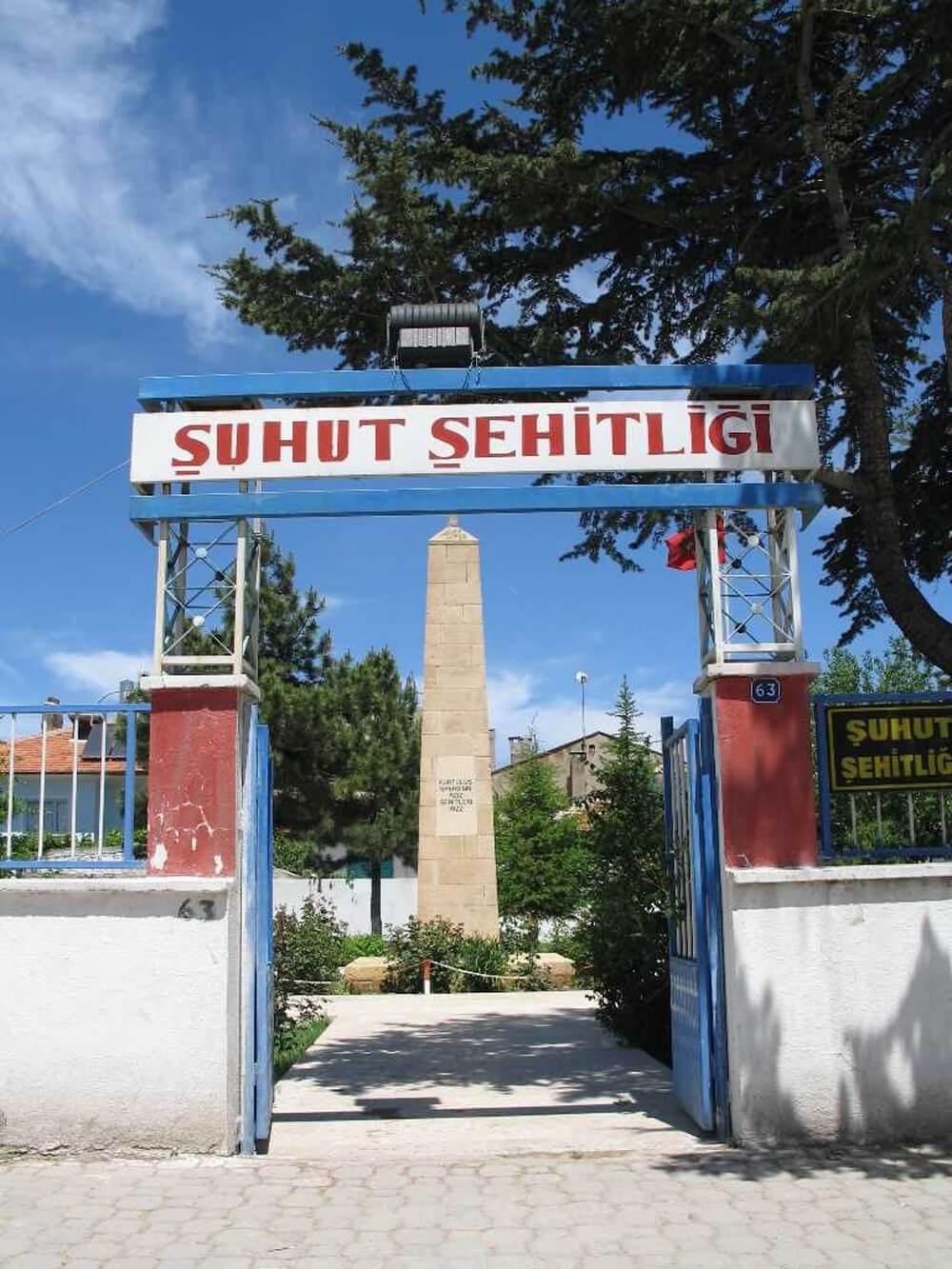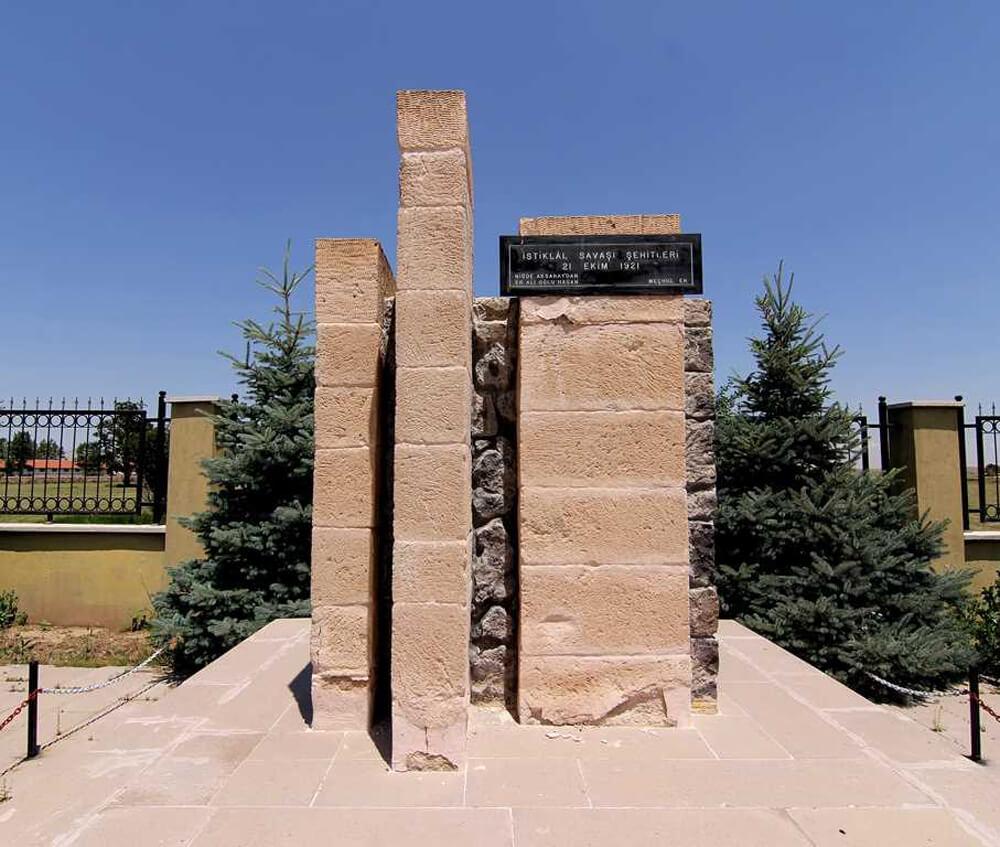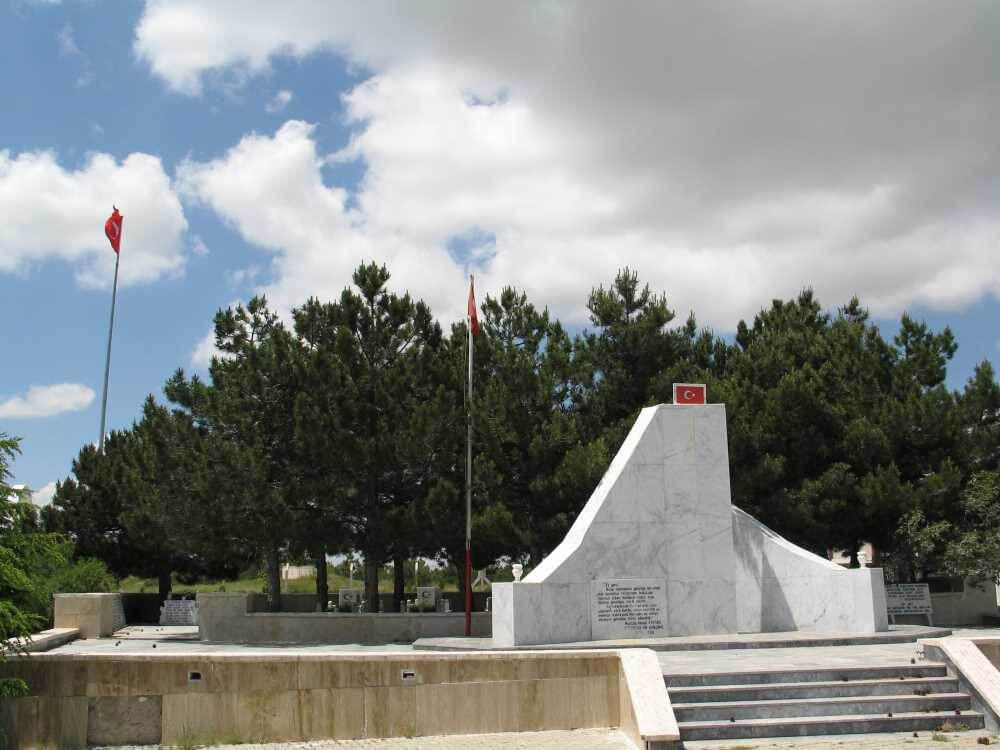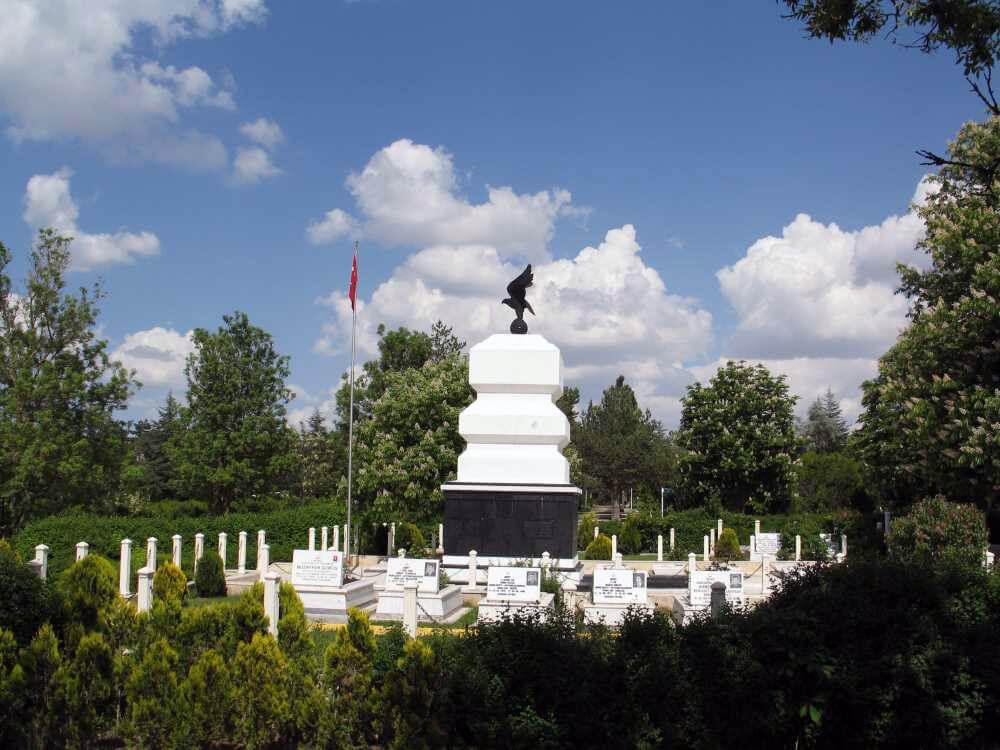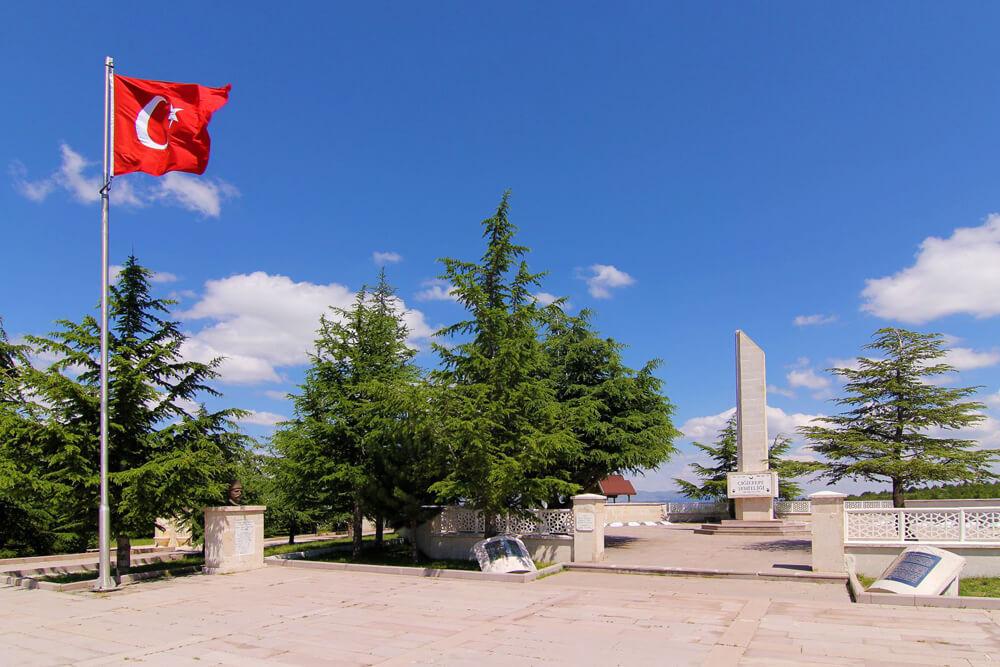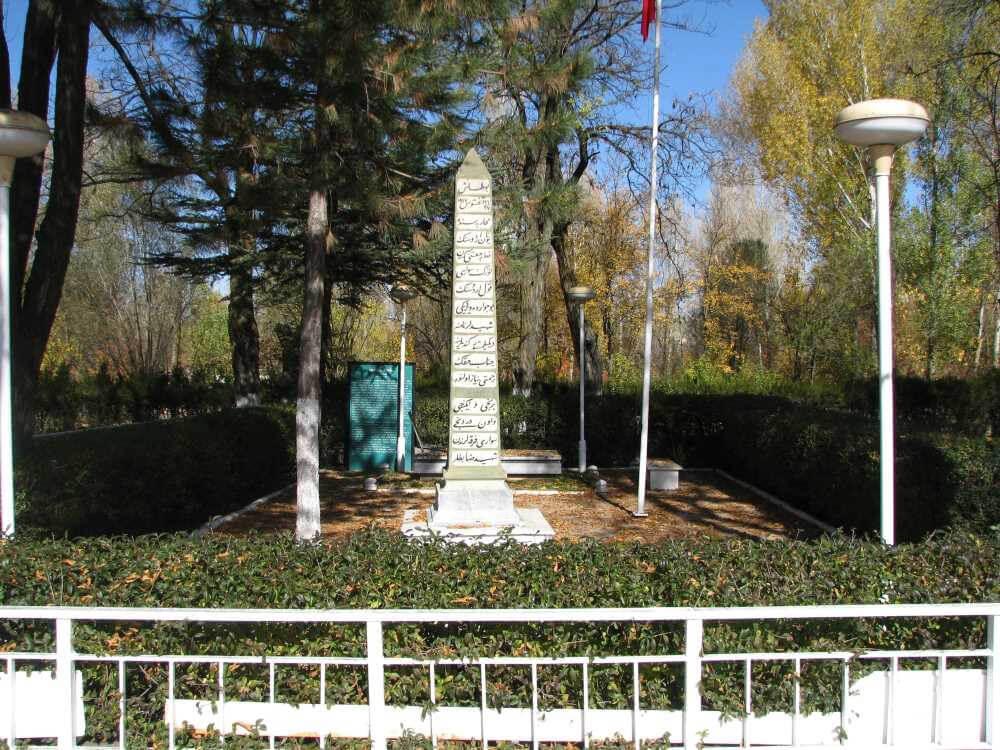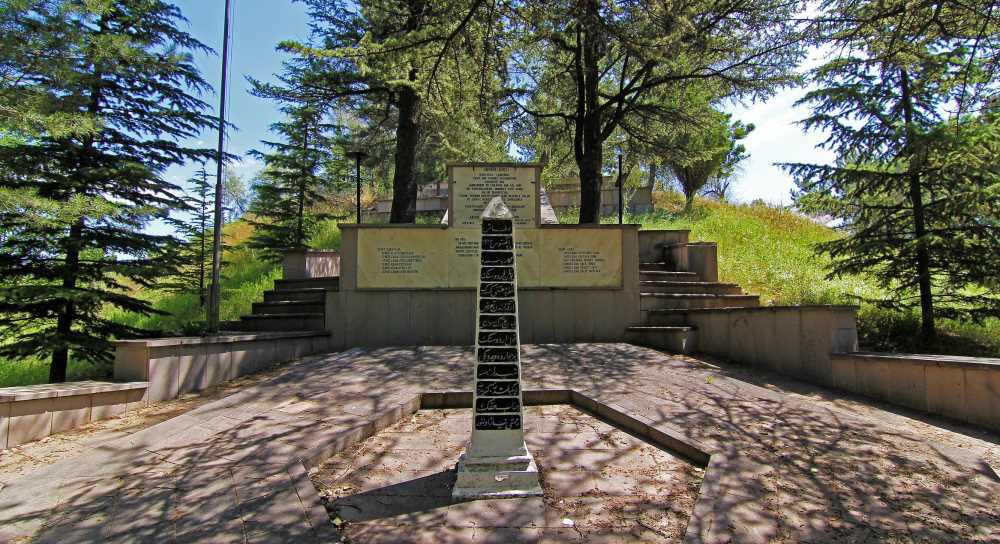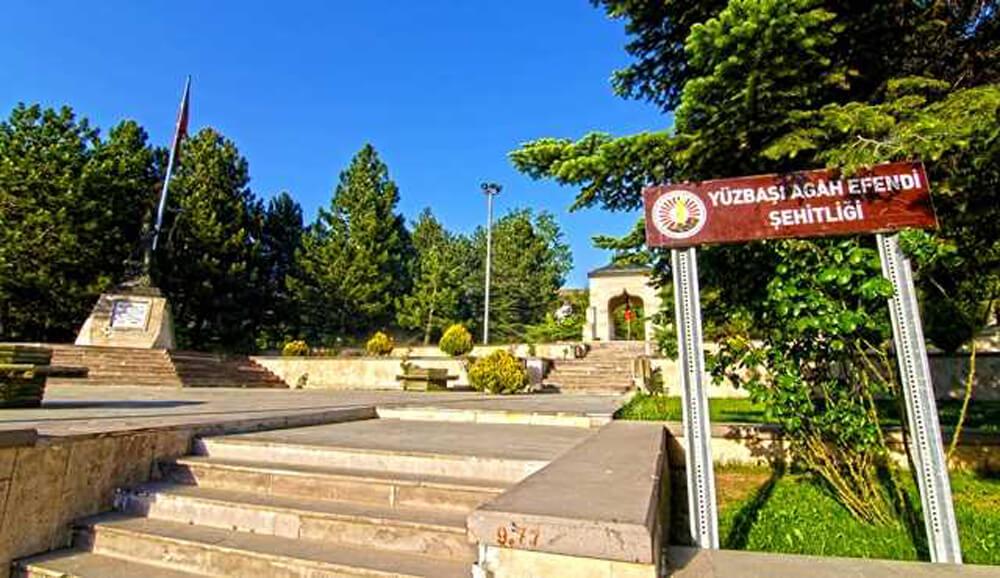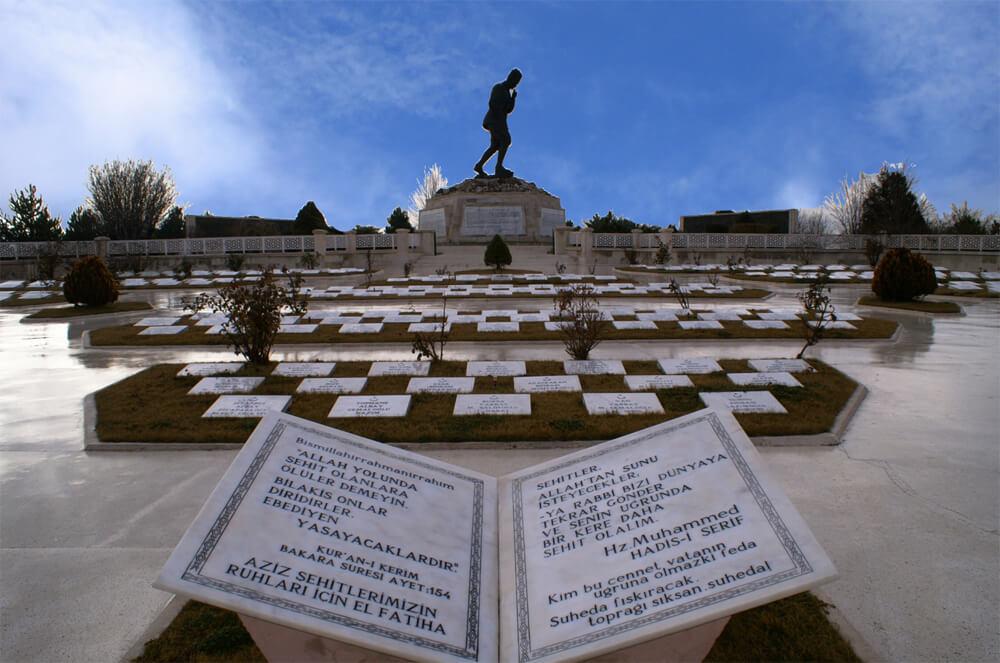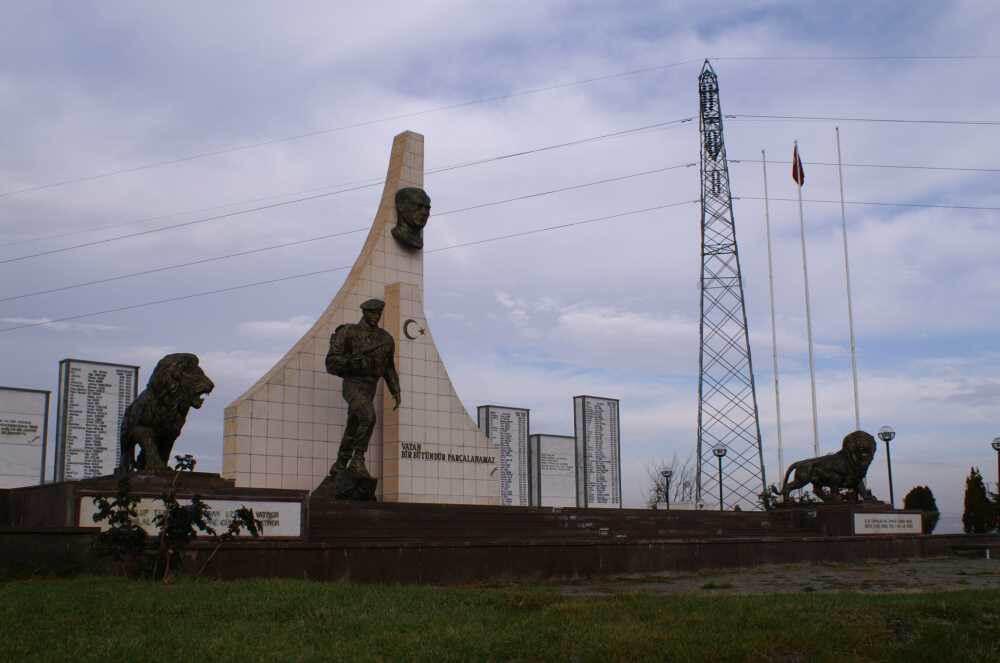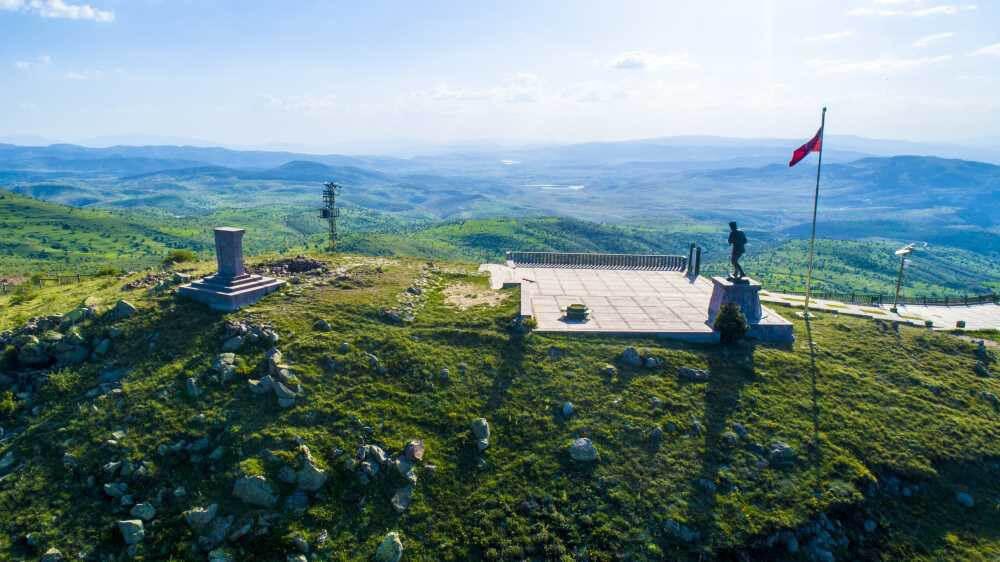Afyonkarahisar Monuments / National Parks

Special Advantages
Discover the exclusive advantages of Oruçoğlu Afyon Thermal Hotel and rejuvenate while enjoying the healing thermal waters!
Afyonkarahisar Monuments / National Parks
Kocatepe Atatürk Monument and Inscription
Located 20 km south of Afyonkarahisar in the town of Kocatepe (Büyükkalecik), the Kocatepe Atatürk Monument stands atop Kocatepe at an altitude of 1874 meters, 8 km further up from the town. It marks the spot where the Great Offensive—which secured the liberation of Anatolia and the Turkish nation—was initiated and directed by Commander-in-Chief Mustafa Kemal Atatürk on August 26, 1922.
On the evening of August 25, 1922, Atatürk and his colleagues arrived at Kocatepe, and on the morning of August 26, they launched the Great Offensive from this very location. From the headquarters established here at the start of the offensive, Atatürk personally directed and managed the first phase of the Great Offensive, which included the trenches that still exist today. He departed from Kocatepe at midday on August 27, 1922.
As one of the foundational stones of the National Struggle, Kocatepe was commemorated in 1953 by the Ministry of National Defense with a stone monument carved from a single piece of stone, featuring a marble inscription with floral relief. In 1993, the Ministry of Culture undertook renovations around the Atatürk Monument and opened the site to visitors. Weighing 4 tons and cast in bronze, the Kocatepe Monument stands at a height of 7.5 meters from its pedestal.
Every year between August 26 and 30, during the "Victory Week" celebrations in Afyonkarahisar, the first ceremony takes place at Kocatepe on August 26, marking the start of five days of festivities.
Kocatepe Monument
Situated in the Örnekevler neighborhood of our city center within a park, the monument is accessed by stairs that lead to a high terrace. The monument, set upon a pedestal, depicts Atatürk's moment of ascending Kocatepe. It was unveiled in 1970 and was sculpted by Namık Denizhan.
Great Offensive Martyrs' Cemetery
Located 16 km from Afyonkarahisar at the intersection of the Afyonkarahisar-Antalya-İzmir road on Işıktepe, this cemetery honors the memory of 275 officers and 2150 soldiers who fell on August 26-29, 1922, during the Great Offensive. Established in 1993, the cemetery covers an area of 3000 m².
Victory Monument: In the city's center within Anıtpark, on a cubic pedestal, stands a monument inaugurated in 1936 by Krippel. It symbolizes the Turkish victory, portraying two figures representing Turkish and Greek forces. The pedestal features bas-reliefs of a person from Afyonkarahisar kissing the flag, carrying Atatürk’s portrait in the foreground, and scenes depicting Atatürk and Fevzi Çakmak planning the War of Independence alongside battle motifs.
Captain Agah Efendi Martyrs' Cemetery
Situated in the Kocatepe (Büyük Kalecik) area of our central district on Kurtkaya Hill, this cemetery commemorates Captain Agah Efendi from Bayburt, Lieutenant Feyzullah Efendi from Sinop, and 101 comrades who were martyred on August 27, 1922, during our War of Independence. Restored in 1972 and renewed by the Ministry of Culture and Tourism in 1993, the cemetery serves as their memorial.
Anıtkaya Martyrs' Cemetery
Located on a mound along the Afyonkarahisar-Kütahya highway in the town of Anıtkaya, at the top of a hill, a pyramidal monument was erected in 1924 in memory of the soldiers from the 13th and 20th Regiments who were martyred on August 28, 1922, during our War of Independence. The surrounding area was landscaped in 1972.
Yıldırım Kemal Martyrs' Cemetery
Situated near the station building in Yıldırım Kemal Village, Sinanpaşa district, our cemetery commemorates 36 martyrs on a cubic pedestal pyramid, with graves behind it. It honors Second Lieutenant Yıldırım Kemal of the 2nd Cavalry Division who fell on August 27, 1922, at this spot. The cemetery was established in 1966.
Mirlalay Reşat Çiğiltepe Martyrs' Cemetery
Located within the Başkomutanlık Historical National Park in the Çiğiltepe area, south of Sinanpaşa district, this memorial commemorates Colonel Reşat Bey, commander of the 57th Division, who committed suicide on August 27, 1922, unable to fulfill his promise to Atatürk by capturing his target, during the second day of the Great Offensive. Despite his sacrifice, Çiğiltepe was captured half an hour later. The cemetery, established in 1995, honors Colonel Reşat Bey and the soldiers who fell in that region.
Mirlalay Reşat Çiğiltepe Grave
Located in the historic cemetery of Sandıklı district on a stepped mound, this grave features a column fragment and a cannon wheel on the sides. Colonel Reşat Bey, who died by suicide during the capture of Çiğiltepe, was initially buried in Sandıklı. His remains were later moved to Ankara for burial in the State Cemetery, but his symbolic grave remains in Sandıklı.
Air Martyrs' Cemetery
Situated in the center of our historic cemetery, the Air Martyrs' Cemetery features a cubic monument rising from stepped platforms, surrounded by graves of martyrs. It was built in 1936 to honor pilots Cemal and Bahattin, who joined the War of Independence in the early morning of July 24, 1922, flying damaged aircraft and were martyred when their plane crashed at Gazlıgöl. Later martyrs have also been interred here.
Giresunlular Martyrs' Cemetery
Located in Doğanlar village, 14 km west of İscehisar on the road to Afyonkarahisar, this cemetery commemorates 14 martyrs from Giresun. These individuals fell during the capture of Dedesivrisi (Sivritepe) by the 47th Regiment formed by people from Giresun during our War of Independence. Initially arranged by Hacı Ahmet Halil Asal in 1967, it was transformed in 1990 into the current site with a monument and graves.
Suvermez Martyrs' Cemetery
Located along the road in Suvermez Village, Emirdağ district, this cemetery was established in 1971 in memory of two privates who were martyred by enemy reconnaissance aircraft fire during the War of Independence.
Şuhut War of Independence Martyrs' Cemetery
Situated in the district center of Şuhut, this cemetery was erected for soldiers who were martyred during the War of Independence. On August 26, 1922, wounded or sick Turkish officers and soldiers were brought to Şuhut and placed for recovery at the Büyük Cami (Great Mosque), where they would perform their first night prayers and, if recovered, be sent back to the front. Those who did not survive were buried in cemeteries around the current Demirciler Bazaar.
Ali Çetinkaya Grave and Monument
Within the Afyonkarahisar Historic Cemetery, Ali Çetinkaya, who served as the commander of the 172nd Regiment during the War of Independence and passed away on February 21, 1949, is honored with a monument erected in 1952.
Republic Martyrs' Cemetery
Situated 9 km from Afyonkarahisar along the İzmir-Antalya highway near the Özdilek Facilities, the Republic Martyrs' Cemetery was built by the Governor of Afyonkarahisar on the 75th anniversary of the Republic. It honors soldiers and police officers martyred during the Republic period, especially in the fight against terrorist organizations (PKK).
This collection of monuments and memorials in and around Afyonkarahisar stands as a solemn tribute to the sacrifices made during the Turkish War of Independence, commemorating heroes and preserving the memory of pivotal moments in Turkish history.
